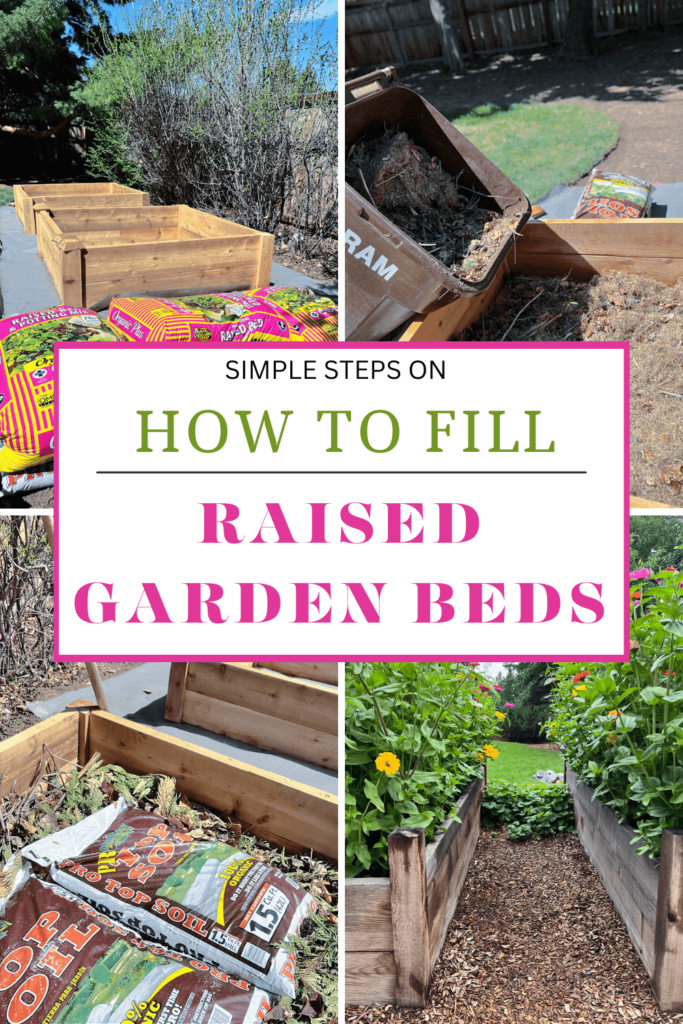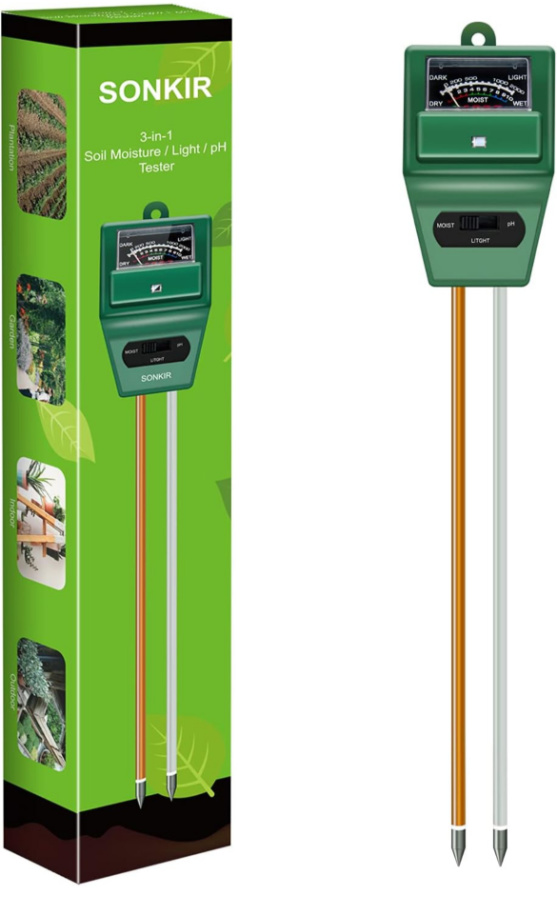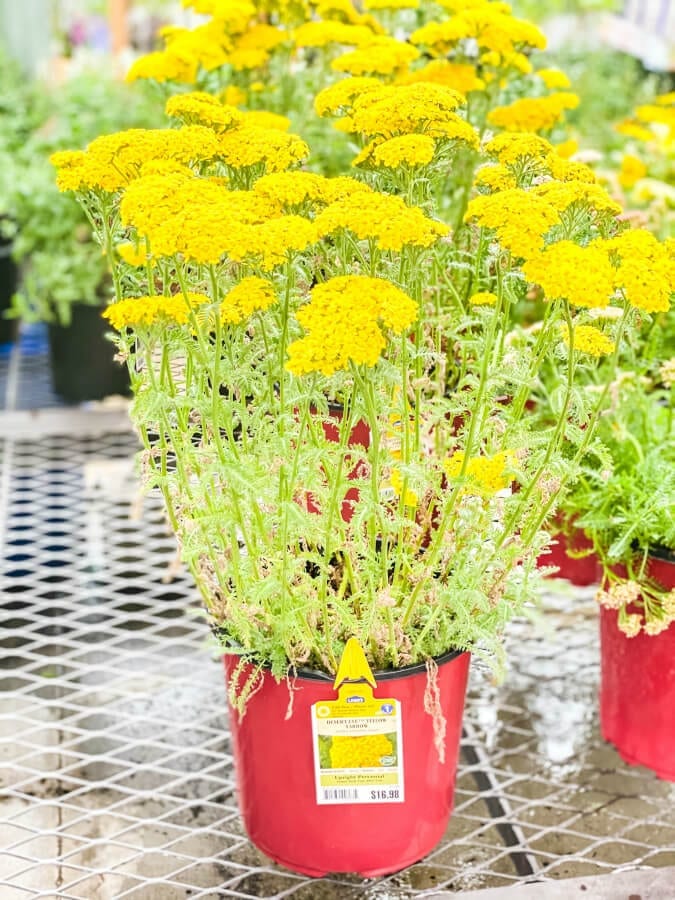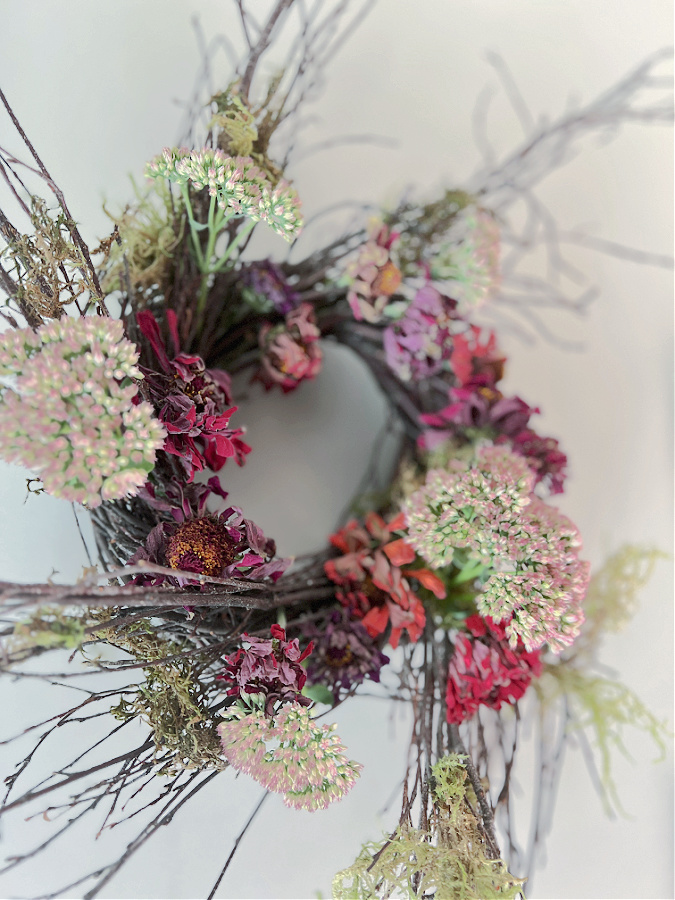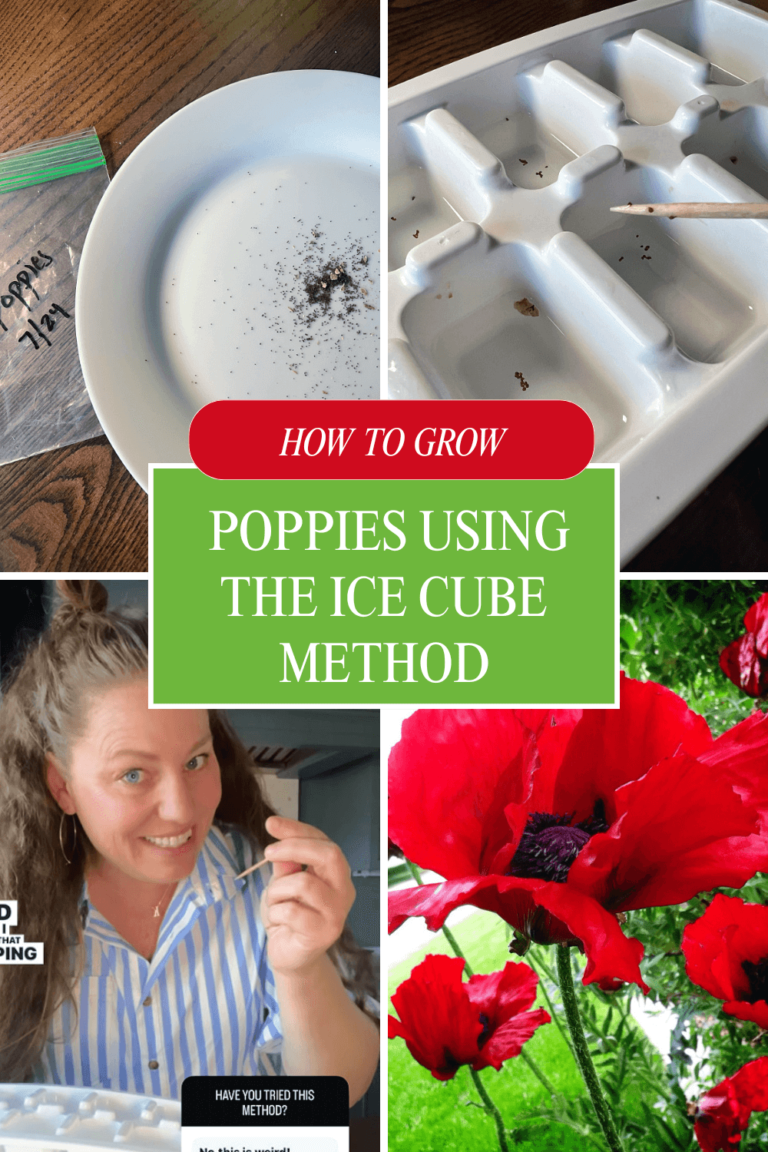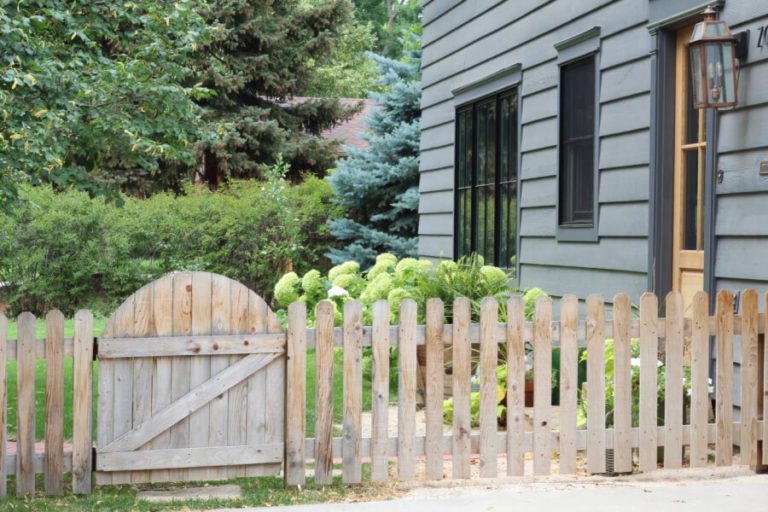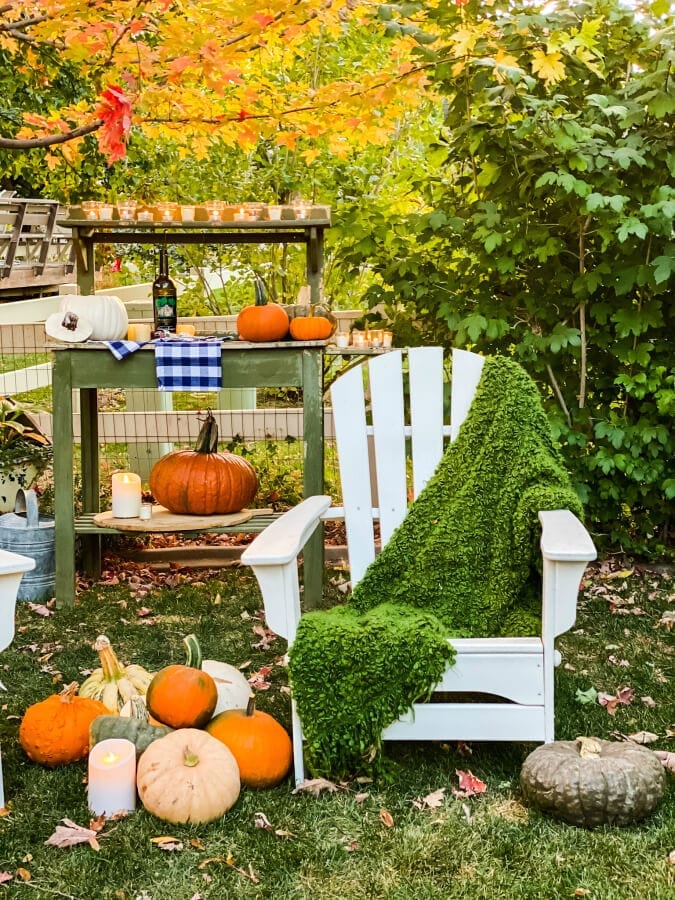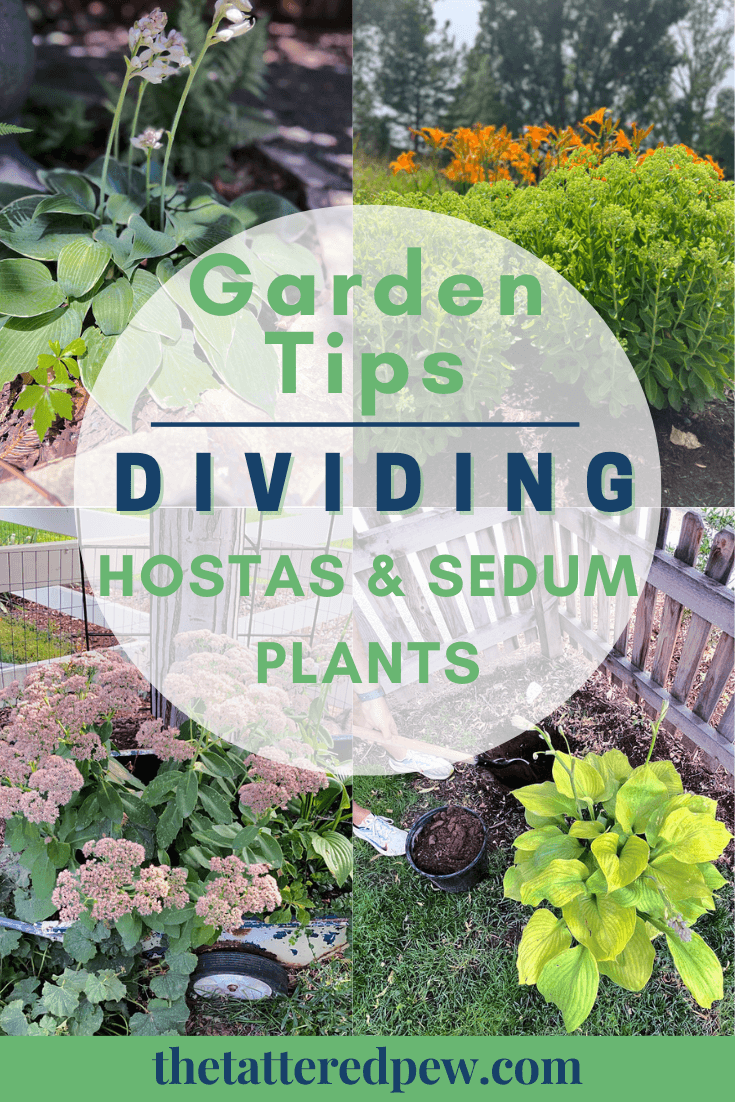What Should I Fill My Raised Garden Bed With?
Today, I’m diving into the topic of what should I fill my raised garden bed with? You see, we found ourselves in the delightful predicament of inheriting not one, but two raised garden beds when we moved in to our current home three years ago.
As luck would have it I was able to grow beautiful zinnias in both of them so of course my gardening ambitions didn’t stop there. Just when I thought my garden couldn’t get any more exciting, I decided to add two more raised beds to the mix. Talk about a garden party!
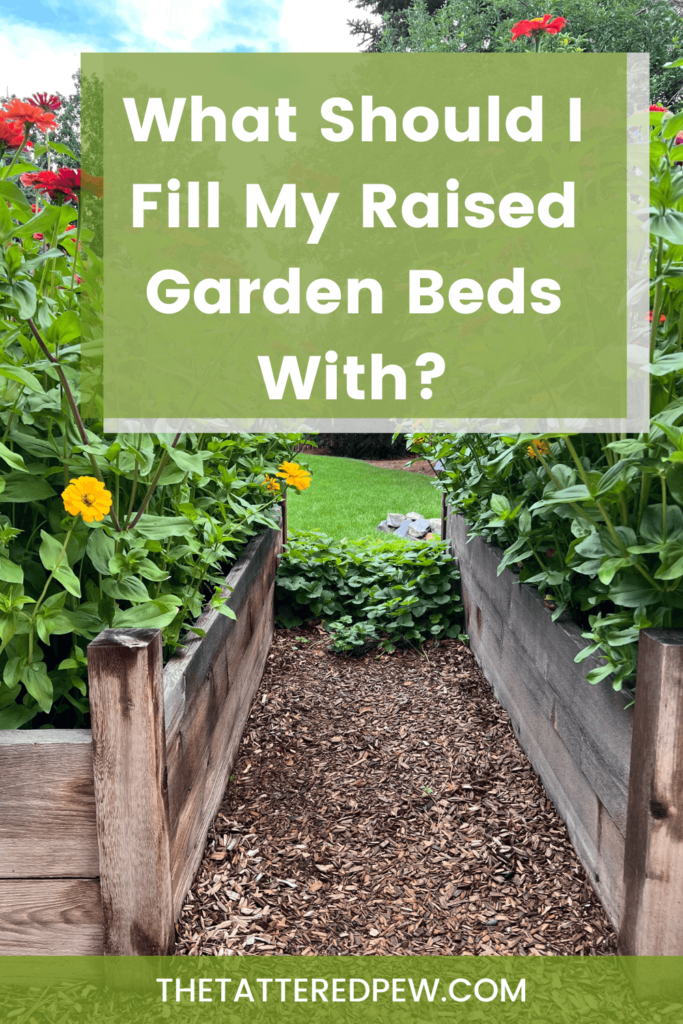
*As an Amazon Associate, I earn from qualifying purchases. This post contains other affiliate links too for your convenience. Click here to read my full disclosure policy.
What Should I Fill My Raised Garden Bed With?
Now, here’s the thing: inheriting the raised beds was a dream come true because I didn’t have to fill them. So, figuring out what to fill the new ones with with felt a bit like navigating a maze. With so many options and opinions out there, I found myself asking, “What should I fill my raised garden beds with?”
If you’ve ever found yourself in a similar quandary then this blog post is for you! In this post, I’m sharing everything I’ve learned about filling raised garden beds, from soil choices to what to put on the bottom of your raised bed. So grab your gardening gloves and let’s dig in together!
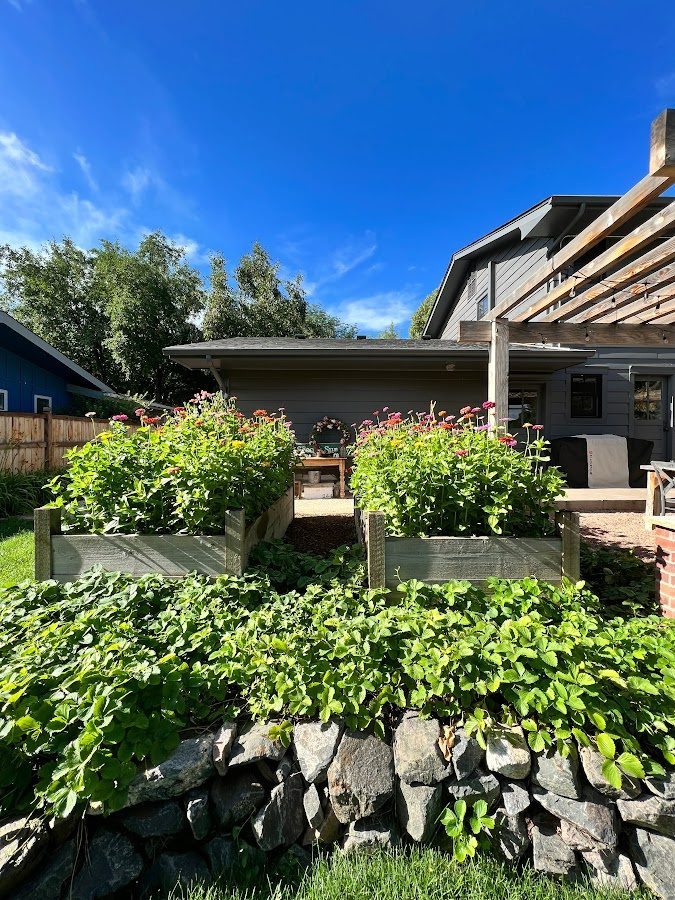
Understanding Raised Garden Beds
A raised garden bed is essentially a contained gardening space, elevated above the ground level. It’s like creating a mini-garden within a box or structure.
Now, why opt for raised garden beds? Well, they offer several benefits that make gardening easier and more productive. First, they provide a controlled environment with custom soil, which is great for areas with poor soil quality. This means you can grow healthy plants even if your yard’s soil isn’t up to par.
Raised beds also improve drainage, which is crucial for preventing waterlogging and root rot. Additionally, they help with weed control, reduce soil compaction, and make gardening more comfortable by minimizing bending and kneeling.
So, why is choosing the right materials for filling raised garden beds so important? Think of it as laying the groundwork for your plants’ success. The materials you use determine the soil’s quality, nutrient content, moisture retention, and aeration – all factors that directly impact plant health and growth.
In essence, selecting the right materials isn’t just a nice-to-have – it’s essential for creating an optimal environment where your plants can thrive and flourish.
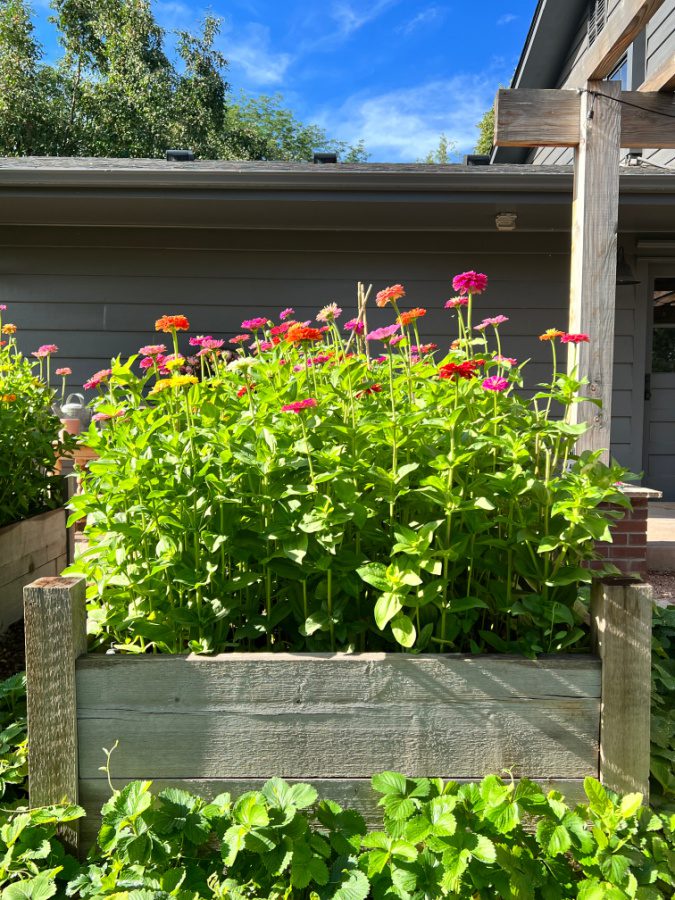
What are the Best Types of Raised Garden Beds?
When it comes to choosing the best type of material for your raised garden beds, it often boils down to personal preference, budget, and durability.
Wood vs. Metal:
Two popular choices for raised garden bed materials are wood and metal, each with its own set of advantages and considerations.
Wood: Wood is a classic and versatile option for raised garden beds. It’s readily available, easy to work with, and naturally blends into garden environments. Cedar and pine are two common types of wood used for raised beds.
- Cedar: Cedar is highly favored for its natural resistance to rot, decay, and insect damage. It’s durable and can last for many years without the need for chemical treatments. While cedar tends to be more expensive than other types of wood, its longevity often makes it a worthwhile investment for gardeners looking for low-maintenance raised beds. (my two new beds are cedar)
- Pine: Pine is a more budget-friendly option compared to cedar. It’s readily available and easy to find at most home improvement stores. However, pine is not as naturally resistant to decay and may require sealing or lining to prolong its lifespan. With proper treatment and maintenance, pine raised beds can still offer many years of service.
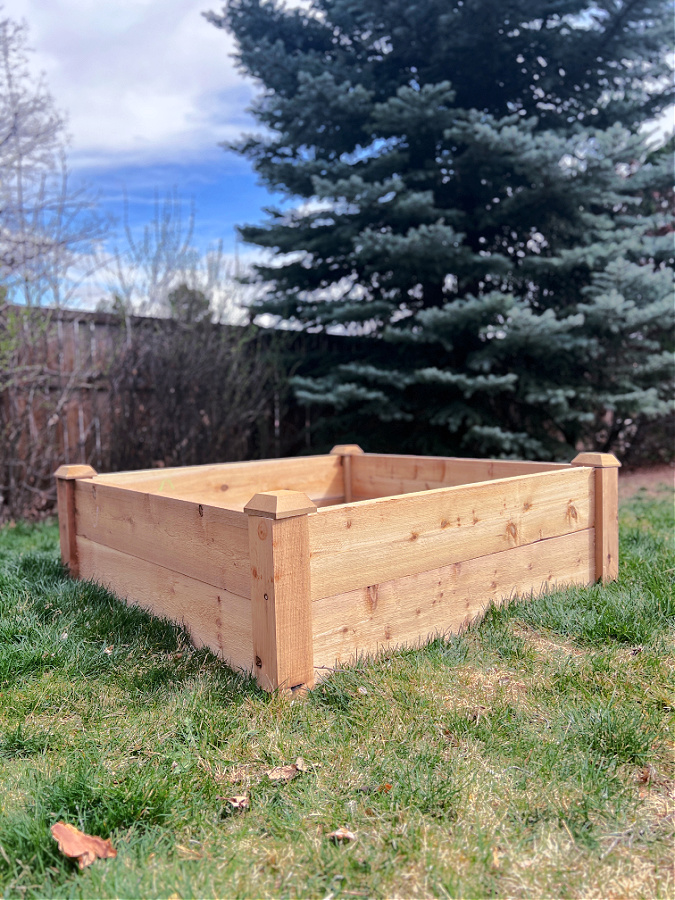
Metal: Metal raised garden beds are gaining popularity for their durability, longevity, and modern aesthetic. Materials like galvanized steel and corten steel are commonly used for metal raised beds. (Our favorite metal beds are from VEGO! )
- Galvanized Steel: Galvanized steel is coated with a layer of zinc to protect against rust and corrosion, making it a durable and long-lasting option for raised beds. It’s also lightweight and easy to assemble, making it ideal for gardeners looking for a low-maintenance solution.
- Corten Steel: Corten steel, also known as weathering steel, develops a rust-like patina over time, giving it a unique and rustic appearance. Despite its initial cost, corten steel is prized for its exceptional durability and ability to withstand harsh weather conditions without corroding. It’s a popular choice for gardeners seeking a modern and distinctive look for their raised beds.
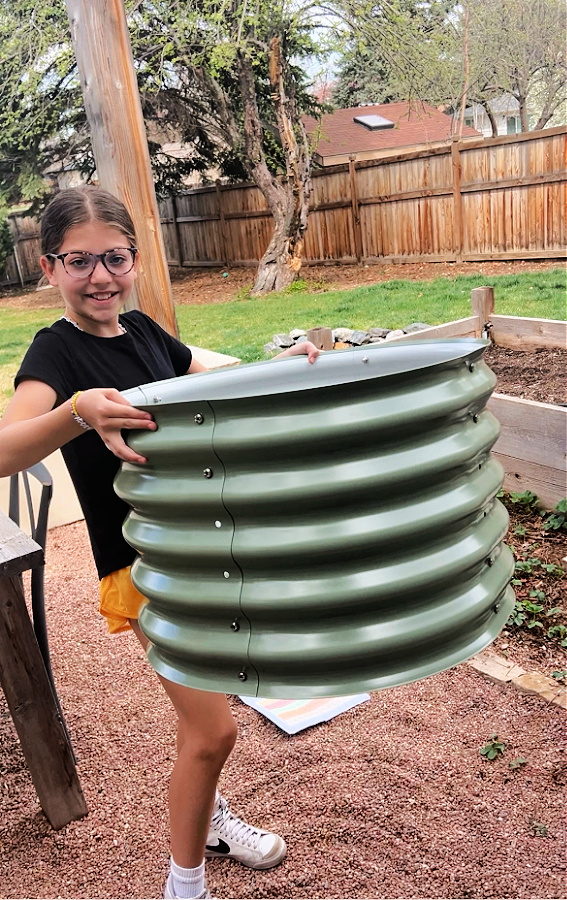
Both wood and metal have their own advantages and considerations when it comes to raised garden beds.
Whether you choose cedar or pine for wood, or galvanized steel or corten steel for metal, selecting a material that aligns with your preferences, budget, and gardening needs will ensure a successful and enjoyable gardening experience.
Step-by-Step Guide to Filling a Raised Garden Bed
Filling your raised garden bed doesn’t have to be hard or expensive. I’m a self proclaimed lazy girl when it comes to gardening so I tried to keep this easy!
Most people love the idea of having a raised garden bed but they always ask what and how should I fill my raised garden bed? Below you will find the easy step by step directions.
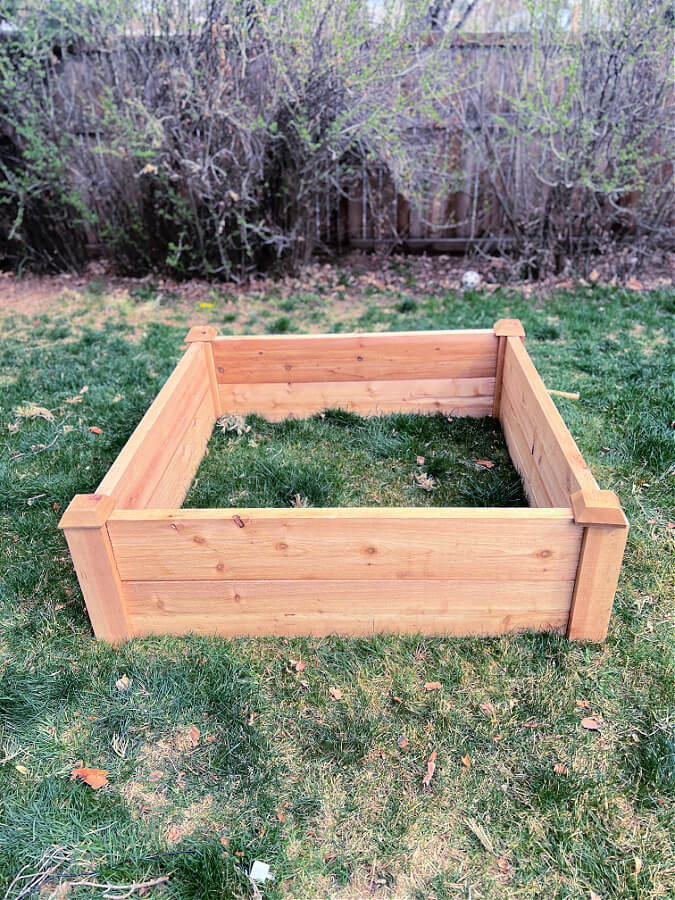
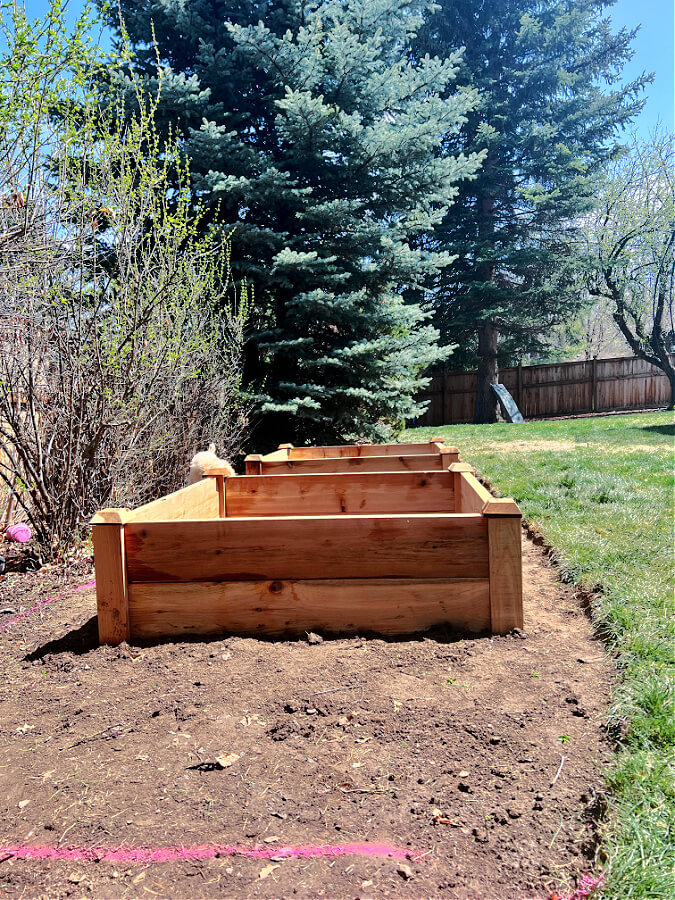
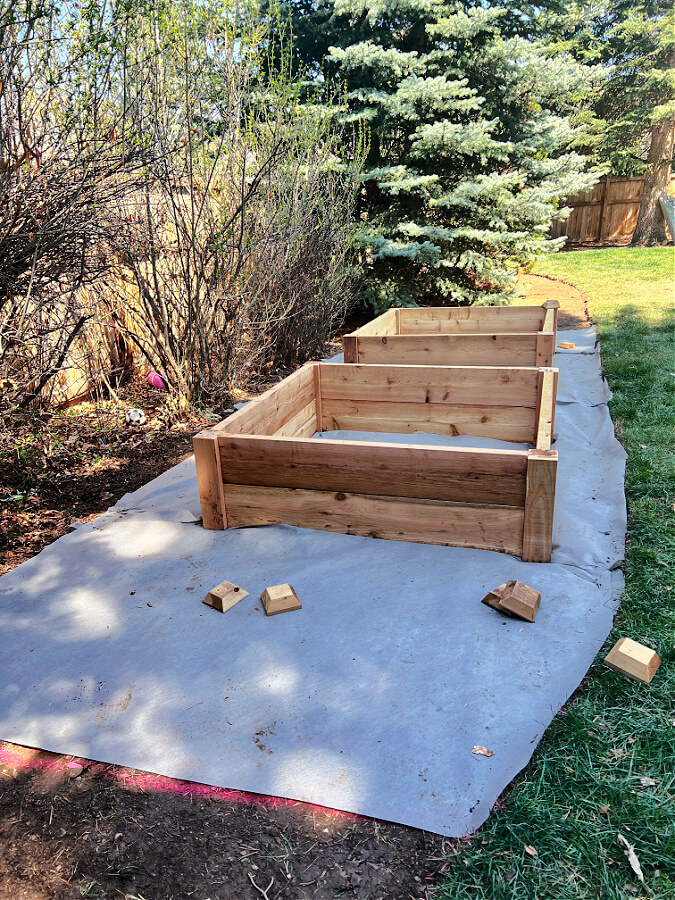
1. Preparing the Bed
Before filling your raised garden bed, start by clearing the area of any weeds, debris, or existing vegetation to create a clean planting space.
Next, inspect the bed to ensure it’s in good condition, making any necessary repairs or reinforcements and check that it is level.
Optionally, consider lining the bottom of the bed with landscape fabric or cardboard to suppress weeds and prevent soil erosion. These preparatory steps lay the foundation for a successful planting experience in your raised garden bed.
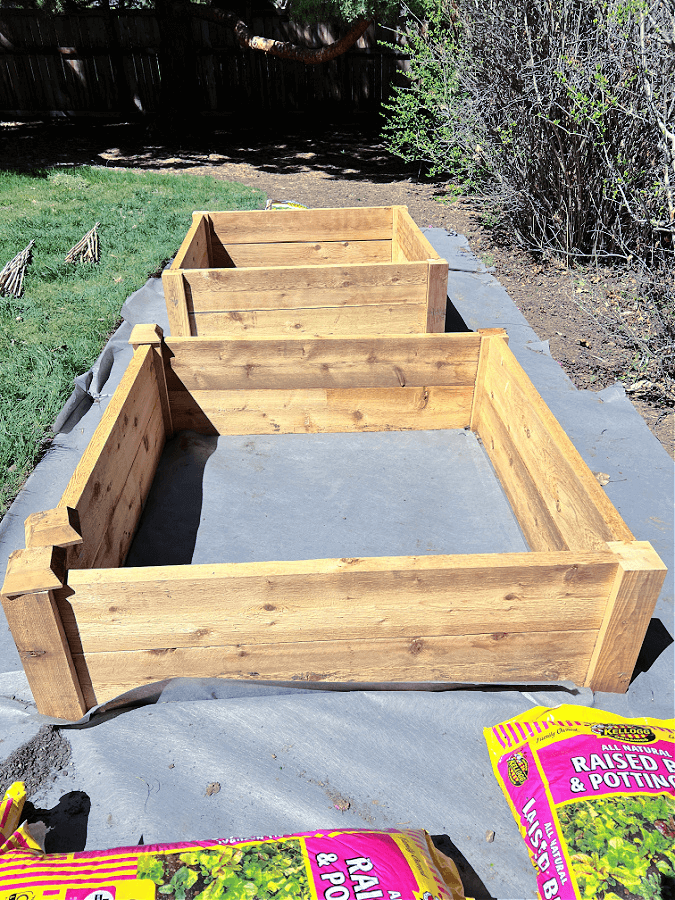
2. Layering Materials
For layering materials in empty raised garden beds, consider adding an additional weed barrier such as cardboard. I added both! Just make sure it is free of tape, labels and anything other than cardboard. Once the bottom of your raised bed is covered water it in!
Watering the cardboard before filling your raised garden bed helps to activate it as a weed barrier and improves its effectiveness in suppressing weed growth over time.
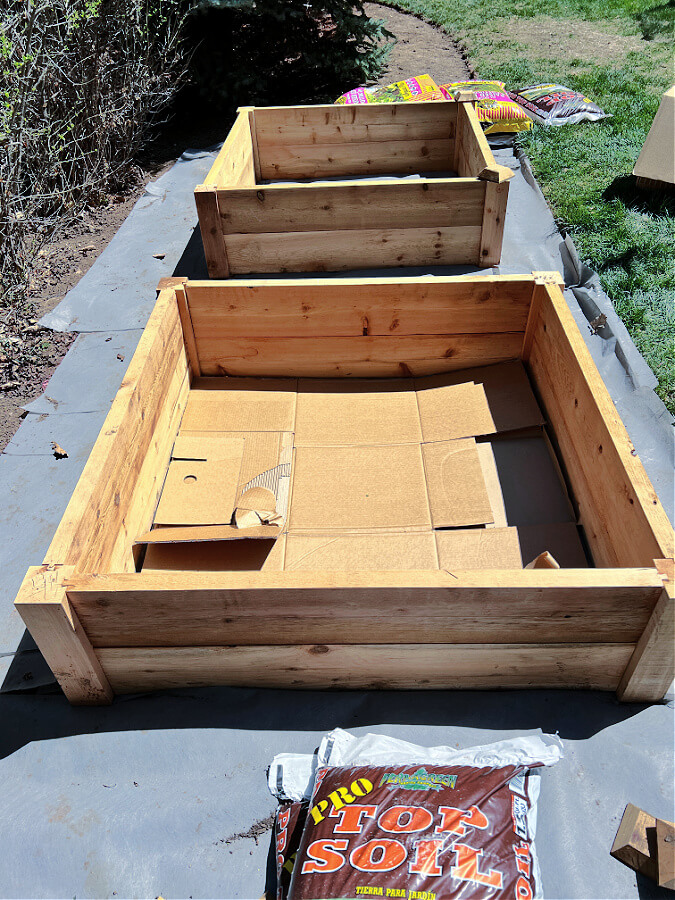
Next, use yard waste such as grass clippings, sticks, branches, leaves, trimmings, and yard debris to take up some extra space and save you a bit of money on soil.
These raised beds of ours are 4 ft x 4 ft and 16 inches high. One large trash can full of yard waste filled it up about halfway. After this I added two bags of organic top soil from Home Depot which I spread evenly with my shovel and the top soil weighed it down quite a bit.
So, I also added a large amount of leaves from our yard as well! Lots of helpful layers.
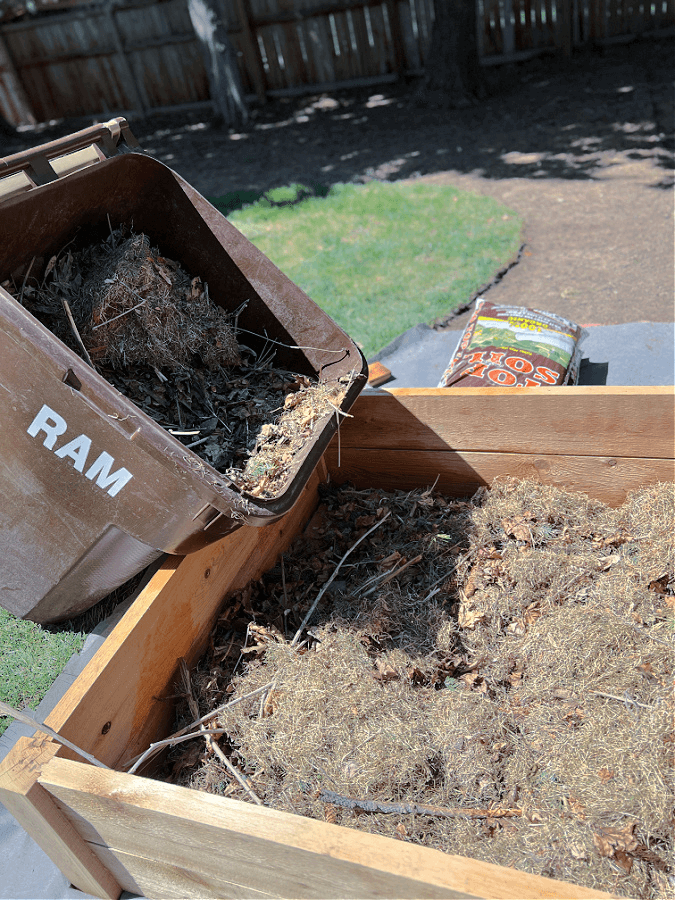
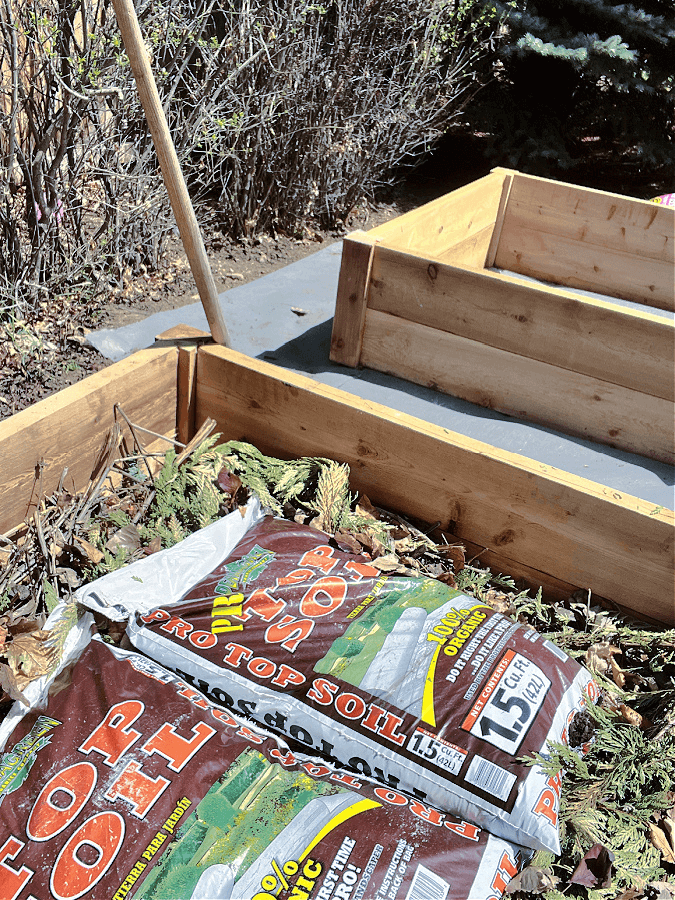
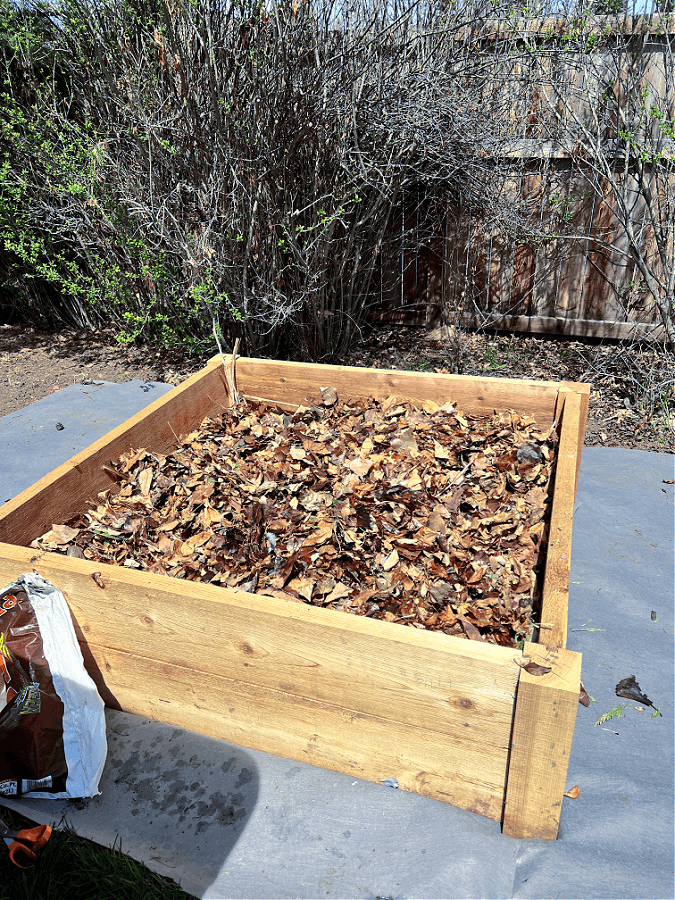
The Benefits of Layering Material s In Your Raised Bed
Layers of yard debris, such as grass clippings, sticks, branches, trimmings, and leaves, can be beneficial when filling a raised bed for several reasons:
- Organic Matter: Yard debris is rich in organic matter, which helps to improve soil structure and fertility over time as it decomposes. This organic material provides essential nutrients for plant growth and supports a healthy soil ecosystem.
- Moisture Retention: Yard debris acts as a natural mulch, helping to retain moisture in the soil by reducing evaporation. This can help to conserve water and maintain consistent soil moisture levels, which is particularly beneficial during hot and dry periods.
- Weed Suppression: A thick layer of yard debris can also serve as a barrier to weed growth, smothering weed seeds and preventing them from germinating and taking root in the soil. This reduces the need for manual weeding and helps to keep your raised bed garden tidy and weed-free.
- Soil Aeration: As yard debris decomposes, it creates air pockets in the soil, promoting better soil aeration and root growth. This allows plant roots to access oxygen more easily and facilitates the exchange of gases and nutrients in the soil.
Overall, incorporating layers of yard debris into your raised bed filling process can contribute to the long-term health and productivity of your garden and not to mention fill large beds to save money on soil.
3. Mixing Soil Components
Finally, the last step is to add a good compost and then to check the pH of your soil.
For our 4x4x16 cedar raised beds I used 4 bags of organic top soil. This weighed down the yard waste and leaves quite a bit!
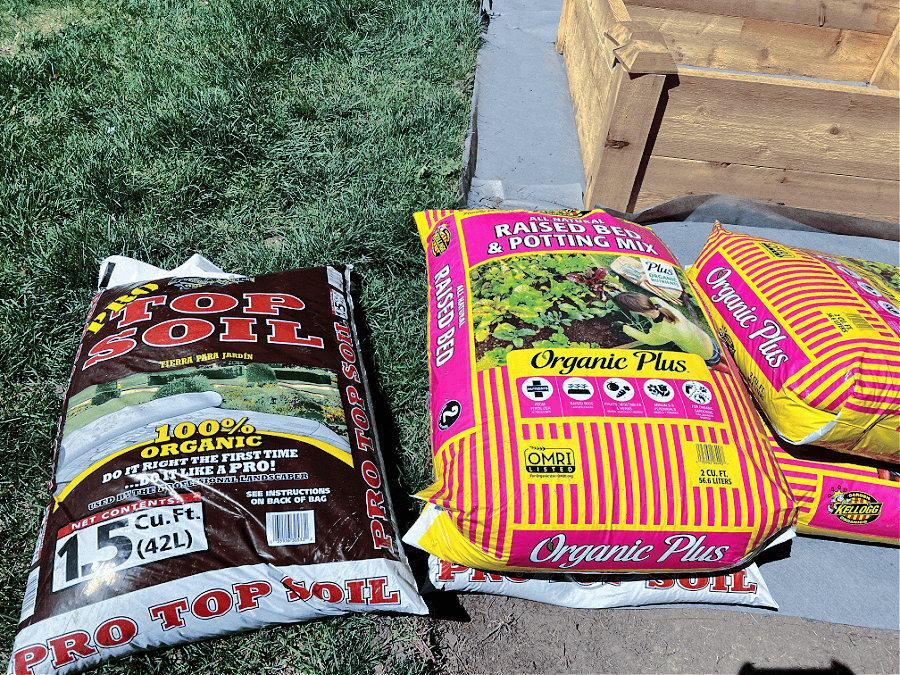
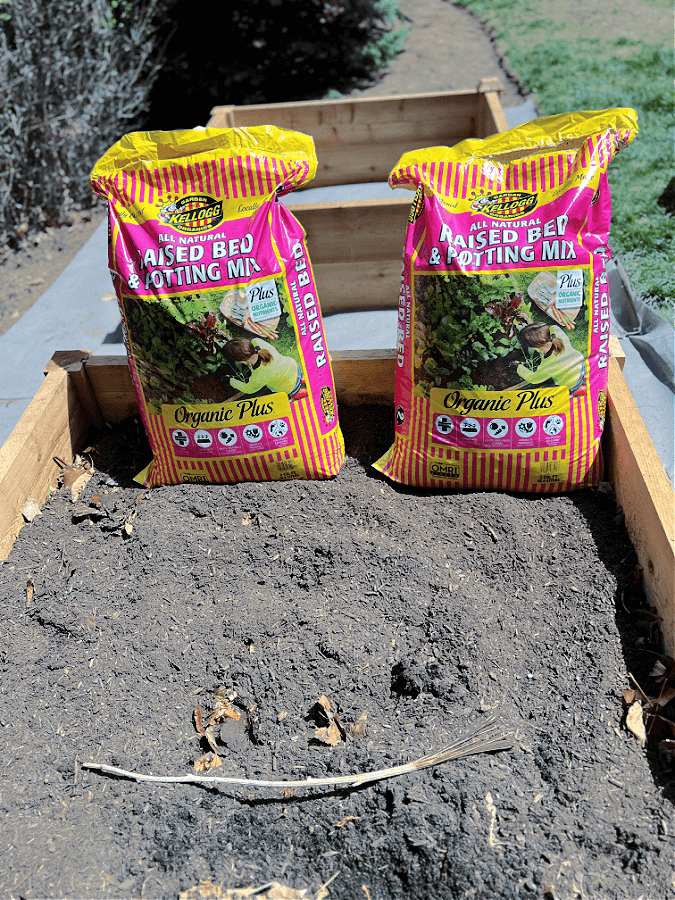
Next, it was finally time for the good stuff! I used 4 bags of this Kellogg all natural organic raised bed mix. I get this at Home Depot as well and have used this brand for years in my raised beds. Each year this is what I top of my other raised beds with as well!
UPDATE: I will no longer be using this Kellogg soil in my beds. I have used it for years but this year I noticed it has changed and sadly not for the better. It had a ton of bark and mulch that drained the nitrogen from my soil. I will be topping off with high quality compost!
4. Topping Off With Compost (Don’t Skip this Step!)
Compost is the one step you do not want to miss especially when you are filling brand new raised beds! This is one lesson I learned the hard way in a few of my new raised beds. New beds needs as much nutrients as possible and compost is the answer!!!
It’s best to mix compost throughout the soil rather than just layering it on top. Incorporating compost into the top 6–8 inches ensures the nutrients are evenly distributed and more readily available to plant roots.
That said, adding a thin layer of compost on the surface (top-dressing) can still help feed the soil over time, especially if you’re refreshing an existing bed. For new beds or major overhauls, though, make sure you blend compost well into your base soil for the best results. And if you spend money on anything is should be compost!

TIP: You can continue adding compost to your beds as your flowers grow! I have the VEGO Kitchen composter jsut for this!
5. Leveling the Soil
Next you will notice that the soil needs to be leveled out. You can use a rake or shovel to this.
I usually let the soil settle for a week or two before planting to see if I need to add any more raised bed mix or compost to the top!
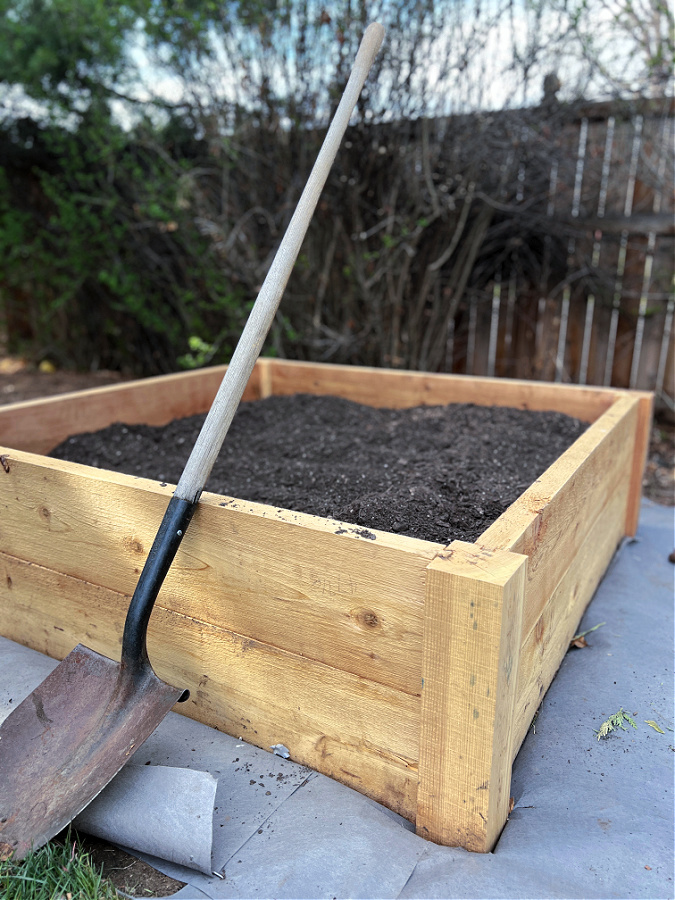
The moral of the story is to save your yard waste and leaves as they help take up space and enrich your soil in your raised garden beds!
6. Testing the pH of Your Soil
The final step to make sure your soil is ready for optimal growing is to measure the pH of your soil. You can pick up an inexpensive soil pH test kit or monitor from most garden centers or hardware stores. Just follow the directions on the kit! I have this one and it’s so simple.
Zinnias typically thrive in slightly acidic to neutral soil, so aim for a pH of around 6.0 to 7.0. If your test shows levels outside that range, you can adjust by adding soil amendments (like lime to raise pH, or sulfur/compost to lower pH) until you hit the sweet spot.
What Not to Put In Your Raised Garden Bed
Here are some items you should avoid putting in your raised garden bed:
- Chemically Treated Wood: Avoid using wood that has been chemically treated, as these chemicals can leach into the soil and potentially harm your plants. Examples of treated wood include railroad ties, pressure-treated lumber, and old pallets treated with pesticides or preservatives.
- Weeds and Diseased Plants: Refrain from incorporating weeds or diseased plants into your raised garden bed, as they can introduce pests, diseases, and weed seeds into your garden.
- Pet Waste: Avoid using pet waste, such as cat litter or dog feces, in your raised garden bed. Pet waste can contain harmful pathogens and parasites that pose health risks to humans and plants alike.
- Inorganic Materials: Steer clear of inorganic materials, such as plastic bags, Styrofoam, or rocks, as these do not break down and can create barriers to root growth and water penetration.
- Meat, Dairy, or Oily Foods: Avoid adding meat, dairy, or oily foods to your raised garden bed, as these can attract pests, promote bacterial growth, and create unpleasant odors.
- Large Branches or Logs: Refrain from incorporating large branches or logs into your raised garden bed, as they can take a long time to decompose and may compete with your plants for nutrients and water. Instead, use smaller pieces of wood or wood chips as mulch or compost them separately before adding them to your garden.
By avoiding these items and focusing on natural, organic materials, you can create a healthy and thriving environment for your plants in your raised garden bed.
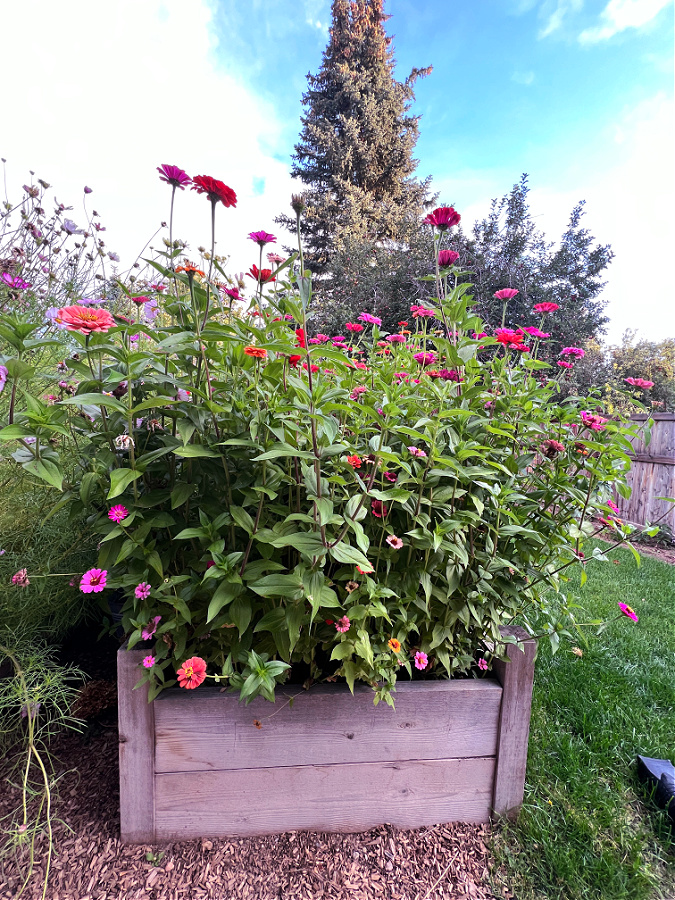
Commonly Asked Questions About Filling Raised Garden Beds:
How much soil do I need to fill my raised garden bed?
Determining the amount of soil needed to fill your raised garden bed depends on several factors, including the dimensions of the bed, its depth, and whether you’re using any additional materials.
To calculate the volume of soil required, multiply the length, width, and depth of the bed to find its cubic footage, then convert that to the appropriate quantity of soil bags or cubic yards.
Keep in mind that it’s better to overestimate slightly to ensure you have enough soil to fill the bed adequately. Check out this soil calculator!
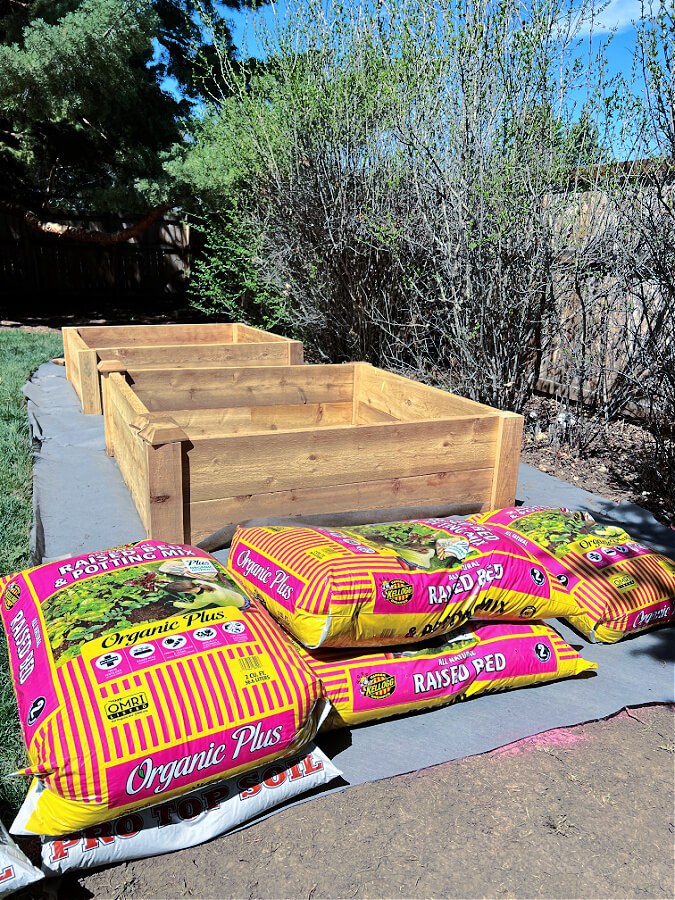
Do I need to use topsoil in my raised garden bed?
Whether to use topsoil in your raised garden bed depends on factors like existing soil quality, gardening goals, and plant needs. Topsoil can provide a fertile base layer supporting plant growth, but it may not be necessary if your existing soil is high quality or if you’re using a mix of compost and soil amendments. Your decision should align with your garden’s specific requirements; for instance, I used topsoil as I started from scratch without existing soil in my beds.
Can I fill my raised garden bed entirely with compost?
While filling a raised garden bed entirely with compost is possible, it’s generally not recommended. Compost lacks some essential components for optimal plant growth, such as proper soil structure, drainage, and aeration. It’s best to use a mixture of compost and other soil materials to create a balanced soil blend that provides a suitable environment for plant roots to thrive.
Should I mix my own soil or buy pre-made mixes for filling the raised bed?
Whether to mix your own soil or buy pre-made mixes for filling raised beds depends on factors like convenience, budget, and specific gardening needs. Mixing your own soil allows for customization but requires time and effort, while pre-made mixes offer convenience and consistency. Consider your preferences and resources when deciding which option is best for your garden.
What amendments should I add to the soil when filling my raised garden bed?
When filling a raised garden bed, consider adding organic matter like compost, well-rotted manure, and aged compost to enrich the soil. These amendments improve soil structure, fertility, and moisture retention, promoting healthy plant growth. Adjust the amount of each amendment based on soil test results and plant needs.
Should I add a layer of gravel or rocks to the bottom of the raised garden bed for drainage?
Adding a layer of gravel or rocks to the bottom of a raised garden bed for drainage is generally unnecessary and can potentially hinder drainage by creating a perched water table. Instead, focus on using well-draining soil mixtures and incorporating adequate drainage methods like ensuring proper bed construction and using suitable materials.
How often should I replenish or amend the soil in my raised garden bed?
Replenish or amend the soil in your raised garden bed annually by adding compost or organic matter to maintain fertility and soil structure. The soil will settle and you will need to add more. Adjust based on plant needs, soil test results, and observations of plant health and growth.
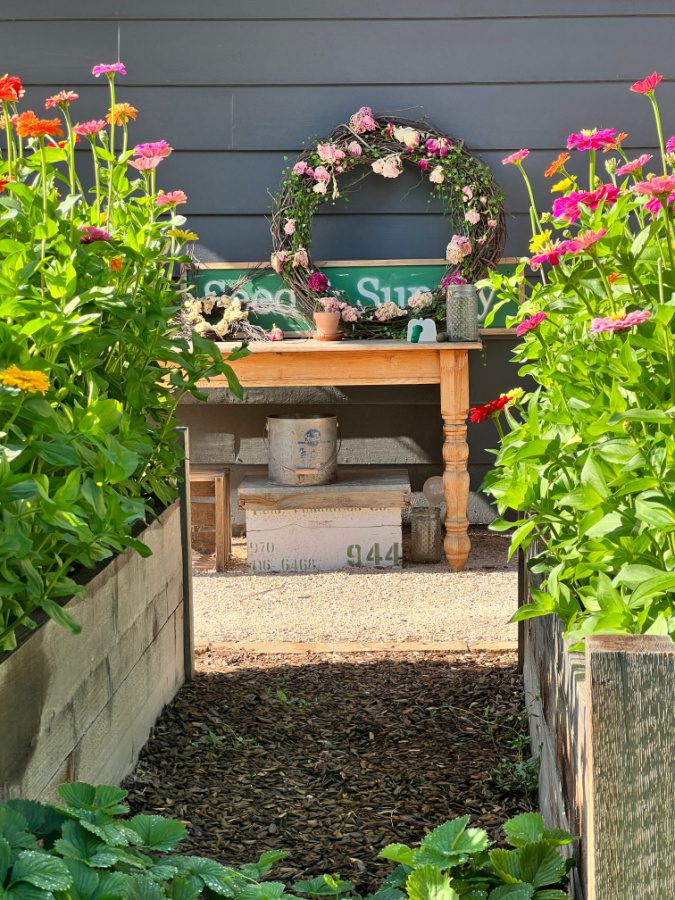
Raised Garden Bed Sources
Here are a few sources and items to shop for your raised garden beds.
- Shop all my Lazy Girl Garden Club Favorites!
- Visit the Lazy Girl’s Garden Club Zinnia Resources Page!
- Local Northern Colorado friends join me at Maker’s Bench on May 4th for a workshop to build your own raised garden beds or pick up a kit!
- Shop all Vego Garden beds! (They are currently having a 40% off Spring Sale!!!)
- Shop my favorite top soil and organic raised bed mix
What Should I Fill My Raised Garden Bed With Answered
I hope this was helpful today! Selecting the right materials to fill your raised garden bed is essential for plant health and growth but it doesn’t have to be hard. Experimentation is key to finding the best mix for your garden’s specific needs, whether it’s a blend of compost, topsoil, or other amendments. Thank you for joining me on this journey toward creating a thriving raised garden bed.
I want to hear about your experiences and tips for filling raised garden beds. Whether you’re a seasoned gardener or just starting out, your insights can inspire and inform our community. Share your wisdom in the comments section below and let’s grow together!
I’d love to have you hang out with me some more! Feel free to follow along with me on any of the platforms linked below.
LTK | Facebook | Instagram | Pinterest | Amazon
xoxo,
Kelly
Did you like this post? PIN it for later!
